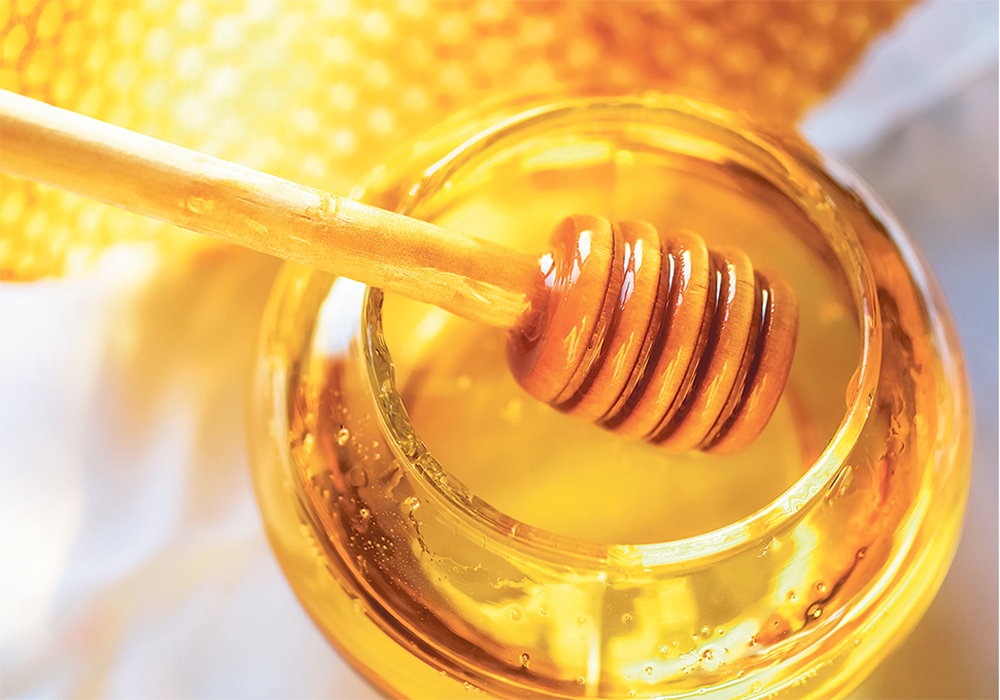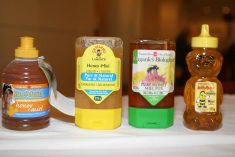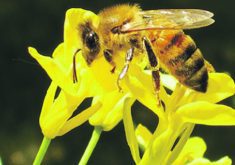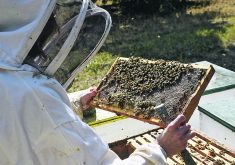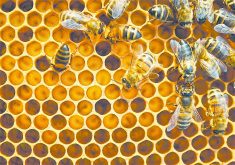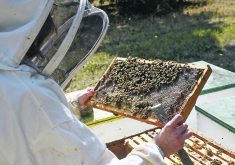WINNIPEG — The land in Manitoba and North Dakota is similar, considering that farmers on both sides of the border grow wheat, soybeans, some pulse crops and canola.
For those crops, American and Canadian farmers receive similar prices — but not for honey.
Related story: Honey production could be down 25 per cent
Read Also

Using artificial intelligence in agriculture starts with the right data
Good data is critical as the agriculture sector increasingly adopts new AI technology to drive efficiency, sustainability and trust across all levels of the value chain.
The U.S. Department of Agriculture’s national honey report for Sept. 25 says North Dakota honey sells at a 40 per cent premium to western Canadian honey:
In North Dakota, white honey from canola is priced at US 1.91 per pound.
Canadian white honey, also from canola, sells at 1.35 per lb.
In Canadian dollars, North Dakota honey is worth $2.57 per lb. and prairie honey is priced at $1.82.
The price gap between American honey and imported product also applies to other countries. U.S. honey packers discount the price of honey that comes from Brazil, Argentina and other nations.


